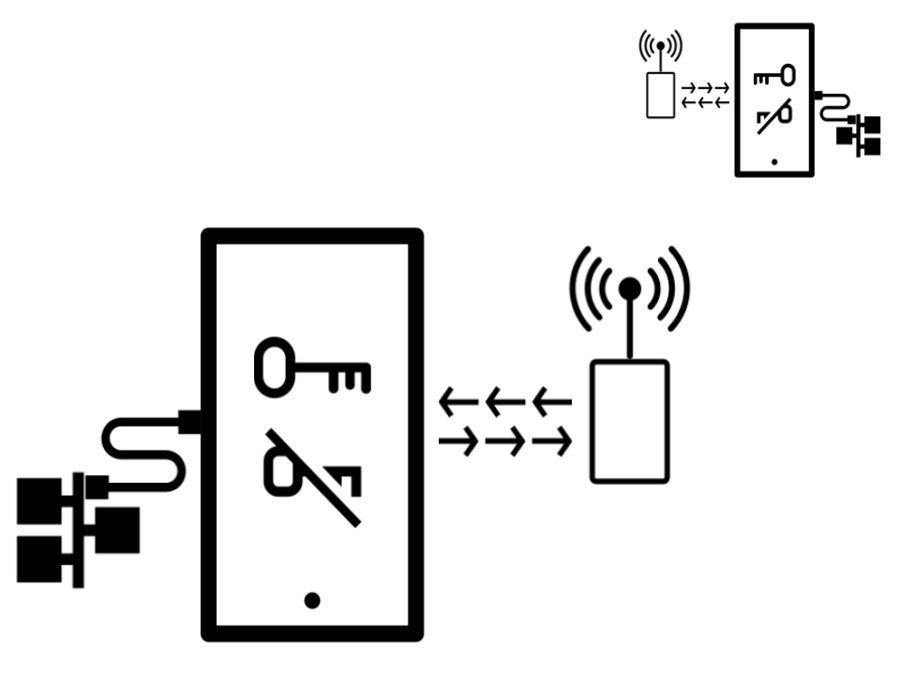- Satellite sizes
- Space environment
Data and encryption- Stream vs block
- NSF Certification and ITAR
- Tampering, attacks, and protection
Networking- UART, SPI, I2C, CAN, Ethernet
- Radio
- Half-duplex and full-duplex
- Sockets & sessions between GUID-ed devices
- Discovery
- Block-chain integration
Device architecture- Hardware
- Software stack
- Bandwidth & throughput
Stages of implementation1. Blinky
2. Communication b/n two boards over UART, non-encrypted, directly wired
3. Communication b/n two boards over UART, non-encrypted, over HC-12 RF link (half-duplex)
4. Encrypted stream (non-block cypher)
5. Ethernet connection on back end of boards, for non-encrypted data source and sink
6. Communication protocol
7. Discovery, sockets & sessions
8. (Optional) Block-chain integration for advanced security of the data stream
9. Custom PCB features:
a. Multi-protocol on both sides (SPI, I2C, CAN, UART, Ethernet)
b. Board acts solely as uniquely identifiable crypto stage to create a channel with another
c. More capable processor for higher bandwidth
d. On-board memory for buffering and protocol support, also for block-cypher cryptography
e. Design for metal housing for cosmic-ray protection and heat guidance







Comments
Please log in or sign up to comment.